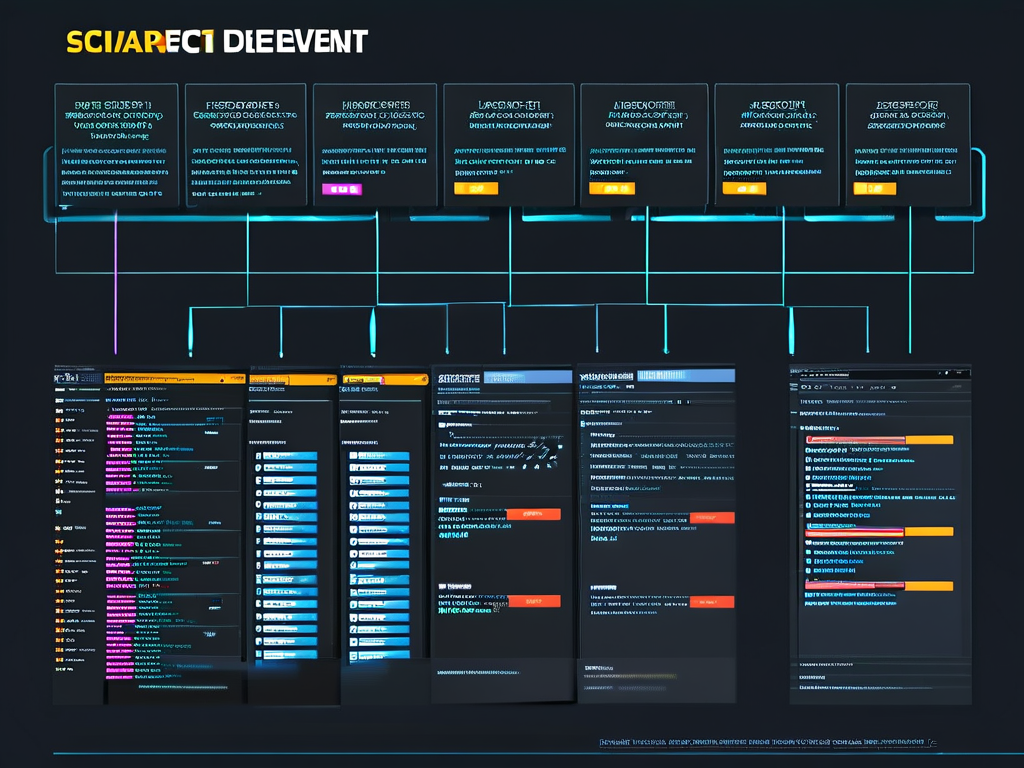In the ever-evolving landscape of web development, the emergence of vector databases has introduced a paradigm shift in how developers handle complex data-driven applications. Unlike traditional relational databases that rely on structured tables or NoSQL databases optimized for document storage, vector databases specialize in managing high-dimensional data representations-commonly known as embeddings. This article explores the significance of vector databases in modern web development, their use cases, and how they empower developers to build smarter, more responsive applications.

What Are Vector Databases?
Vector databases are purpose-built systems designed to store, index, and query vector embeddings efficiently. These embeddings are numerical representations of unstructured data-such as text, images, or audio-generated by machine learning models like BERT, ResNet, or OpenAI's CLIP. For example, a sentence like "Find nearby coffee shops" might be converted into a 768-dimensional vector capturing its semantic meaning. Traditional databases struggle with such high-dimensional data due to limitations in similarity search performance, but vector databases excel at this task using algorithms like k-nearest neighbors (k-NN) and approximate nearest neighbor (ANN) search.
Why Vector Databases Matter in Web Development
-
Enhanced Search Capabilities: Modern web applications increasingly rely on semantic search rather than keyword matching. E-commerce platforms, content aggregators, and recommendation engines leverage vector databases to deliver results based on contextual relevance. For instance, a user searching for "comfortable running shoes" might see products tagged with "athletic footwear" or "cushioned soles," even if those exact keywords are absent.
-
Personalization at Scale: Vector databases enable real-time personalization by analyzing user behavior patterns. Streaming services like Netflix or Spotify use embeddings to recommend content based on viewing/listening history, while social media platforms tailor feeds using similarity metrics between user profiles.
-
AI-Driven Features: From chatbots to image recognition tools, AI-powered web applications generate vast amounts of vector data. Vector databases provide the infrastructure to store and retrieve these embeddings efficiently, enabling features like facial recognition in authentication systems or real-time object detection in AR applications.
-
Multimodal Data Handling: As applications increasingly combine text, images, and audio (e.g., voice-assisted interfaces), vector databases unify these modalities by converting them into a common numerical space. This allows developers to build cross-modal search functionalities, such as finding images using text queries.
Key Use Cases in Web Development
-
Recommendation Systems: Vector databases power recommendation engines by clustering similar user/item embeddings. For example, an e-commerce site can suggest products based on similarities between user preferences and item attributes.
-
Fraud Detection: Financial platforms analyze transaction patterns using vector similarity to identify anomalous behavior in real time.
-
Natural Language Processing (NLP): Chatbots and sentiment analysis tools rely on vectorized text data to understand intent and context.
-
Content Moderation: Social media platforms use vector similarity to detect harmful content by comparing user uploads against known problematic embeddings.
Challenges and Considerations
While vector databases offer immense potential, developers must address several challenges:
- Scalability: High-dimensional data requires optimized indexing strategies to maintain query performance as datasets grow.
- Integration Complexity: Incorporating vector databases into existing web stacks may require middleware or API layers.
- Cost: Storing and processing vectors at scale can be resource-intensive, especially for real-time applications.
Leading Vector Database Solutions
Several platforms have emerged as leaders in this space:
- Pinecone: A fully managed vector database optimized for low-latency applications.
- Milvus: An open-source solution with support for distributed deployments.
- Weaviate: Combines vector search with a graph-based knowledge layer for contextual insights.
The Future of Vector Databases in Web Development
As AI becomes ubiquitous in web applications, vector databases will play a critical role in bridging the gap between machine learning models and end-user experiences. Future trends may include tighter integration with serverless architectures, improved compression techniques for vector storage, and standardized APIs for cross-platform compatibility.
In , vector databases represent a foundational technology for next-generation web development. By enabling efficient management of AI-generated embeddings, they empower developers to create intelligent, responsive, and personalized web experiences that were previously unimaginable. As the ecosystem matures, adopting these systems will become not just an advantage but a necessity for staying competitive in the digital landscape.





